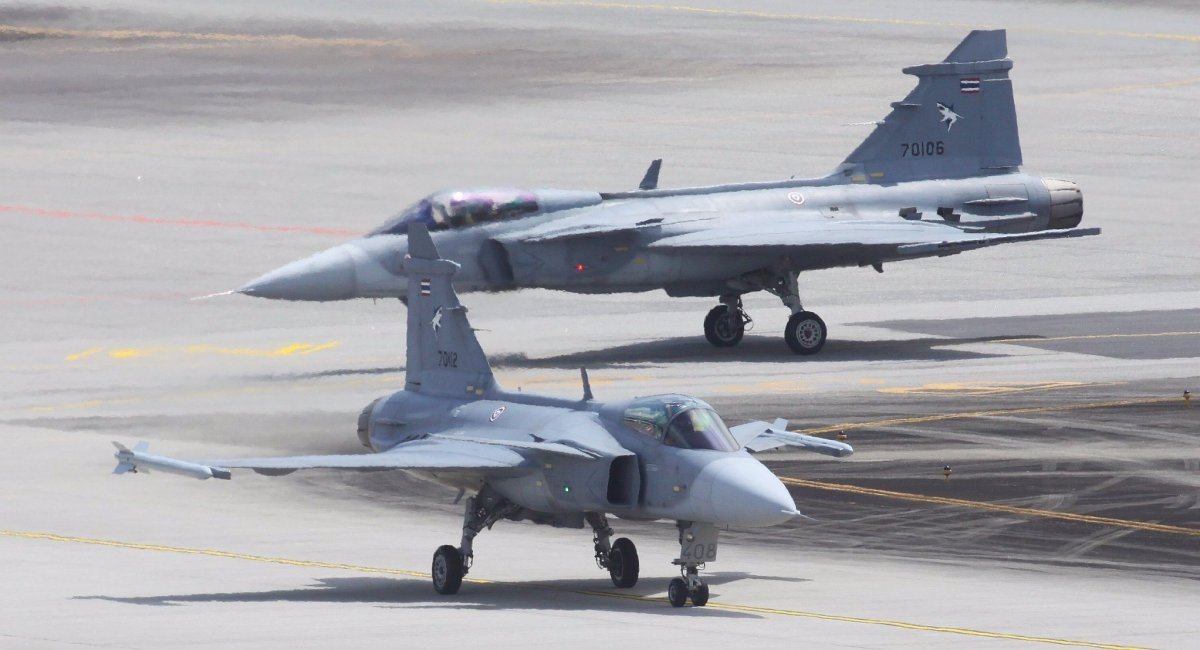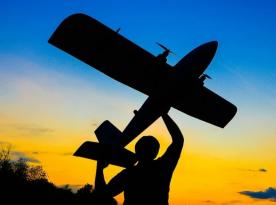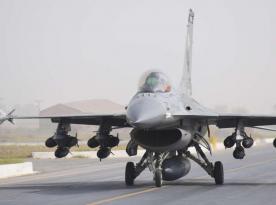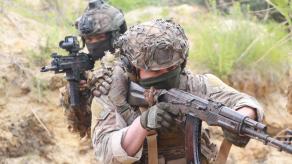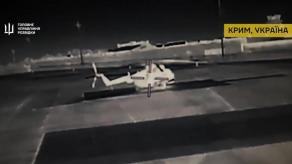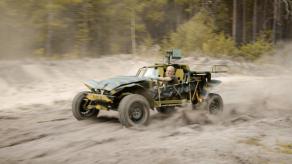Sweden refused to give its JAS 39 Gripen fighter aircraft to Ukraine but agreed to train Ukrainian pilots on these jets. Swedish media assume that this might be just the first step toward the decision to supply the aircraft, despite the country's government denying this opportunity several times already.
Against this background, it is important that the JAS 39 Gripen has already shown its superiority over Soviet-made jets. It happened during military drills in Asia in very specific conditions.
Read more: Paradox: Sweden's Systematic Reluctance to Supply Gripen is a Good News for Ukraine

Openly available data tells us a story of how China and Thailand had a joint exercise called Falcon Strike, it involved Su-27SK fighters on the part of Chinese and JAS-39C/JAS-39D aircraft of the 701st Fighter Squadron from the Thai side. The drills lasted for 4 days, the outcome was as follows.
During the Beyond Visual Range (BVR) training combat, Thai pilots of JAS 39 Gripen gained 41 effective hits on the enemy, while the Chinese pilots on Su-27SK managed to "hit" only nine targets. The training combat at a 30-km distance showed 88% effective hits for Gripen and only 14% for Su-27SK. Mock duels on the 50 km distance resulted in 10 victories for Thailand and zero for China.
As it turned out, RVV-AE air-to-air missiles of russian manufacture (known domestically as R-77) used by the People's Liberation Army were only effective at 50 km range, whereas the effective range shown by AIM-120 AMRAAM of the Thai Air Force exceeded 80 km.
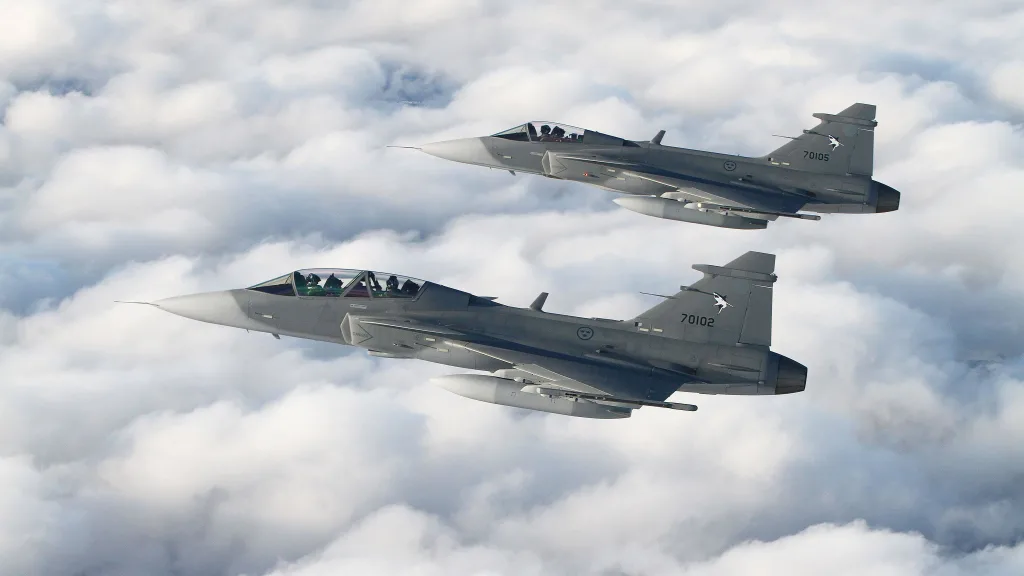
The radar capabilities gap proved important, too.:Chinese Su-27 had the N001 Mech (RLPK-27) with a target detection range of 120 kilometers while Thailand's JAS 39 Gripen utilized Ericsson PS-05/A radar with a range of 160 km.
The radar cross-section properties of both aircraft played their role as well. For JAS 39 Gripen it was only 1.5 square meters, and for Su-27 the figure was 15 m². Besides, for an F-16 it would be 1.2 m².The only competition that was won by the Chinese Su-27 over the Thai Gripens was close combat within the line of sight in a dogfight style. The modeled result was 25 "destroyed" JAS 39 Gripen against one Su-27.
Although here the Chinese themselves admitted that the only reason they managed to achieve this was because the airports of Thailand used obsolete AIM-9L short-range missiles instead of IRIS-T in this exercise. The type of missile used by the Chinese side for the contest was humbly omitted by PLA's officials.
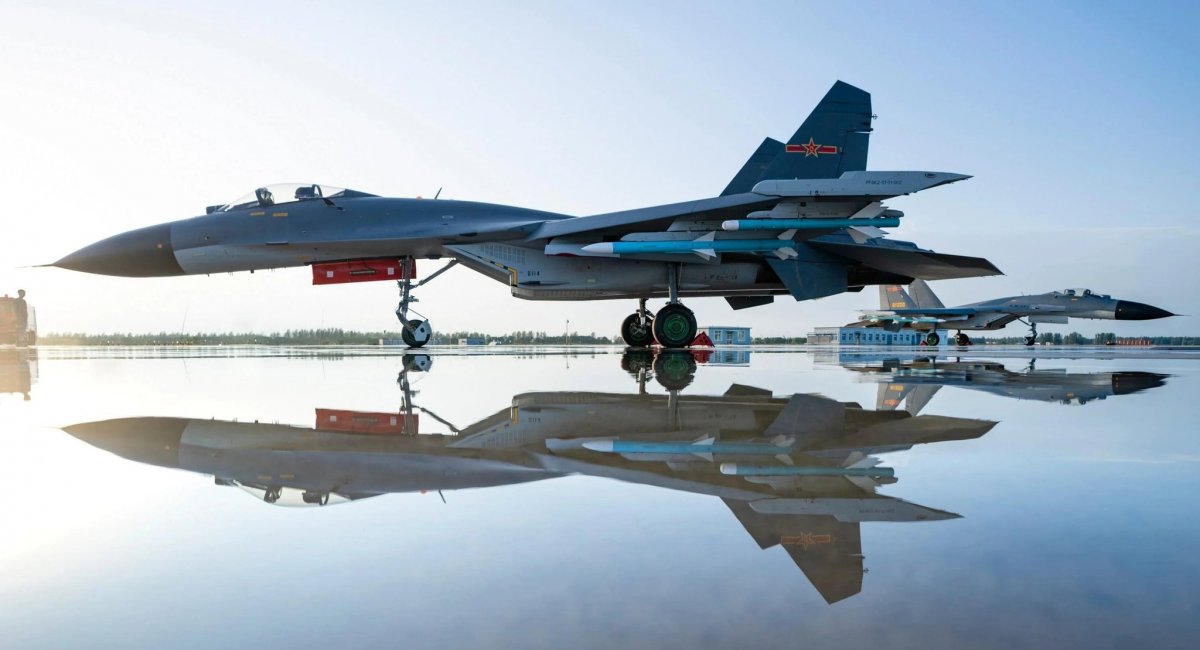
Anyway, the aforementioned gives us at least one evident example showing that the JAS 39 Gripen is clearly superior to a Soviet-type aircraft in most situations. This may become a point in the argument whether it is timely and important to switch to Western aircraft right now in order to gain a key advantage over russian aviation in the ongoing war.
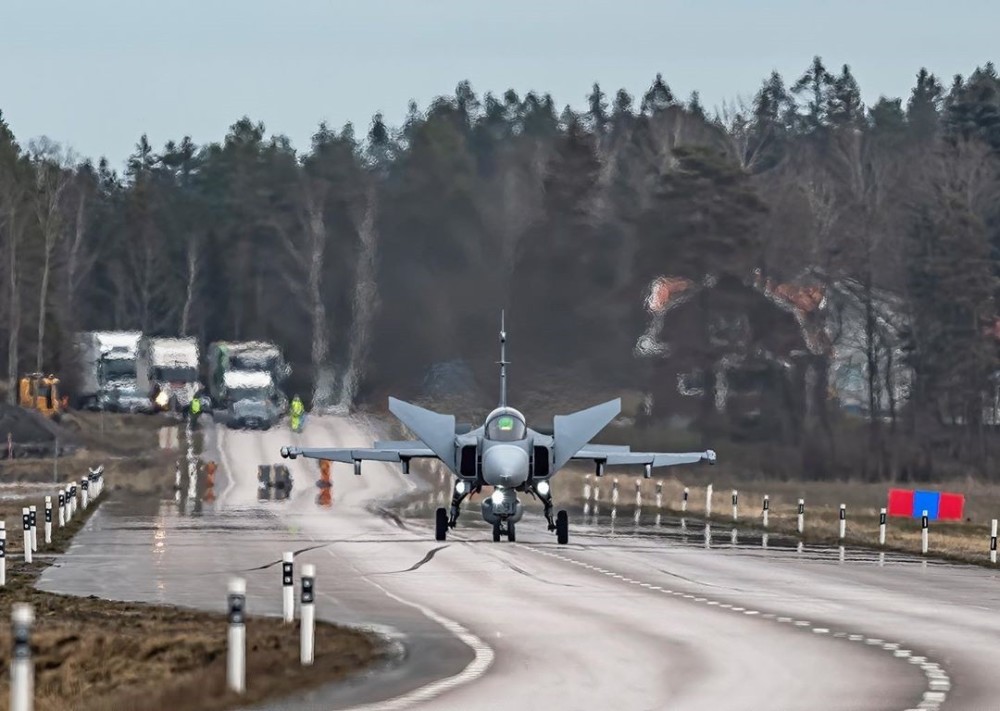
Read more: Why T-72M1 and T-80U Tanks Lost to Leopard 2A4 during 1994 Tests in Sweden




